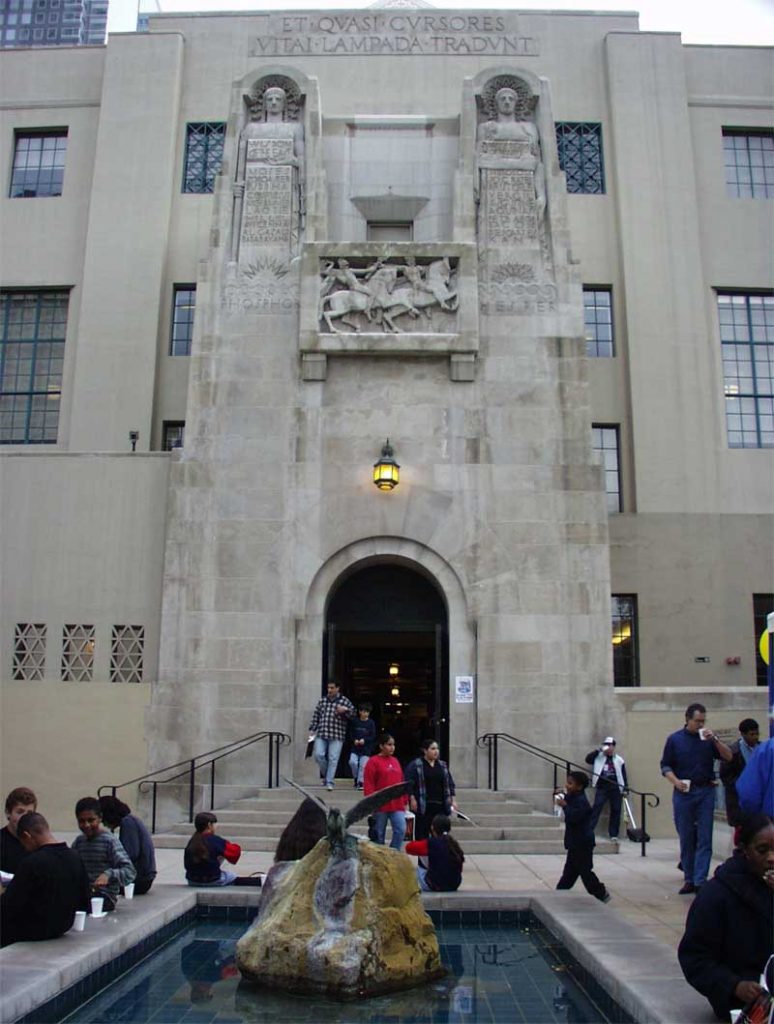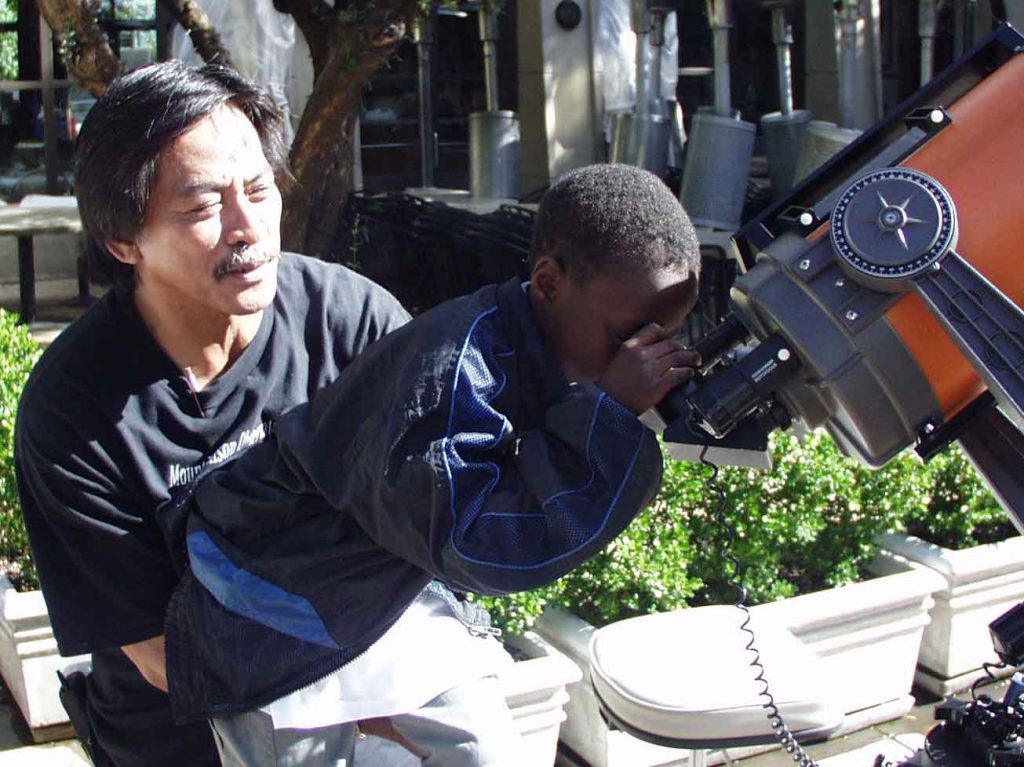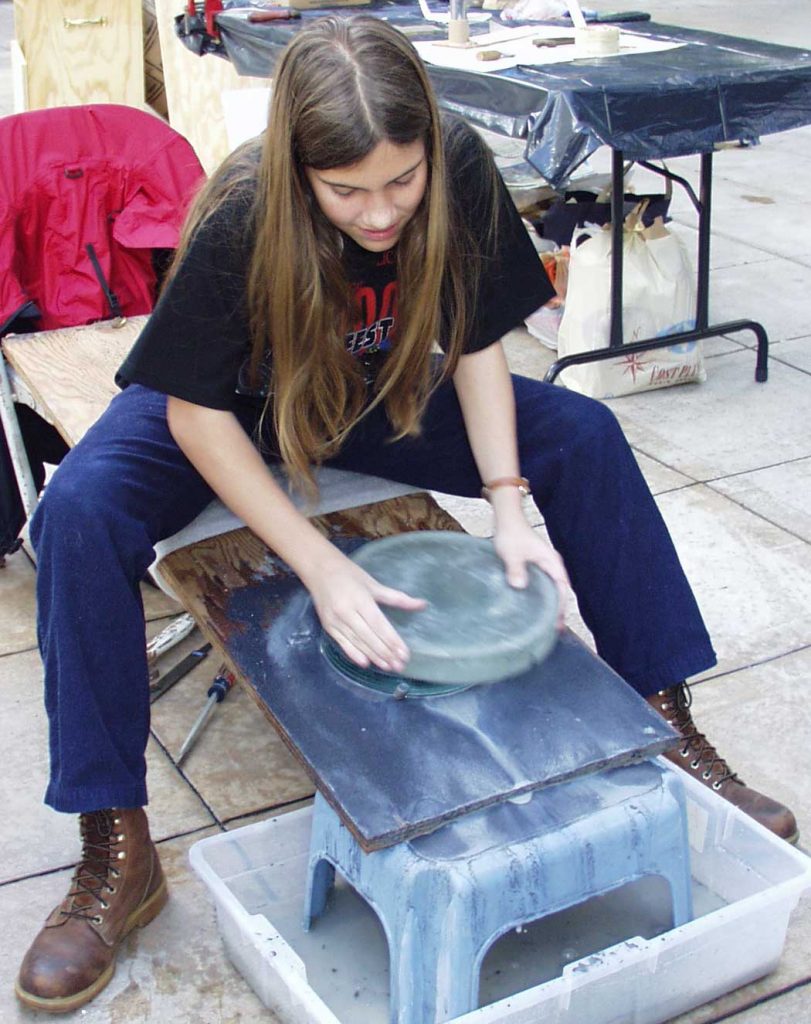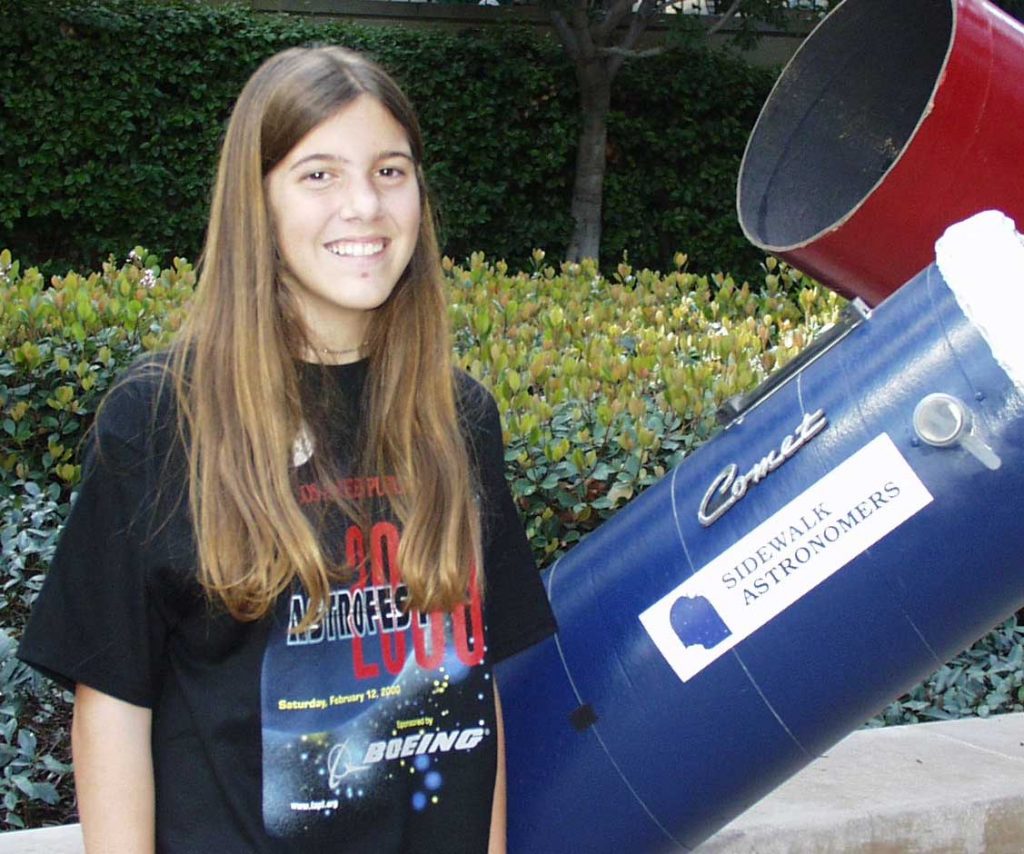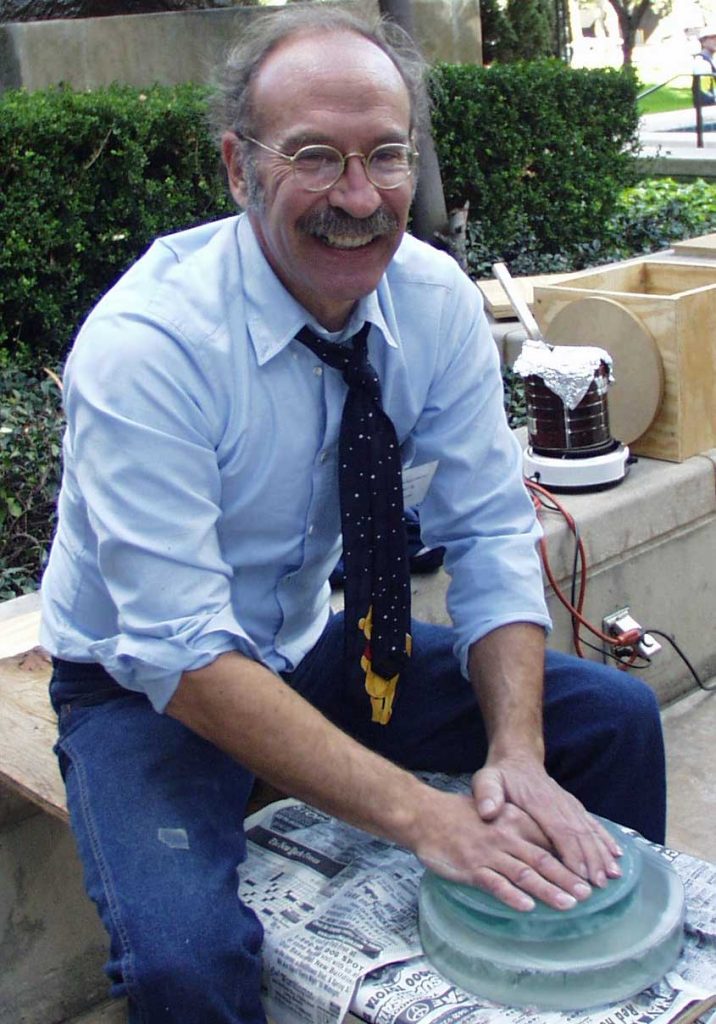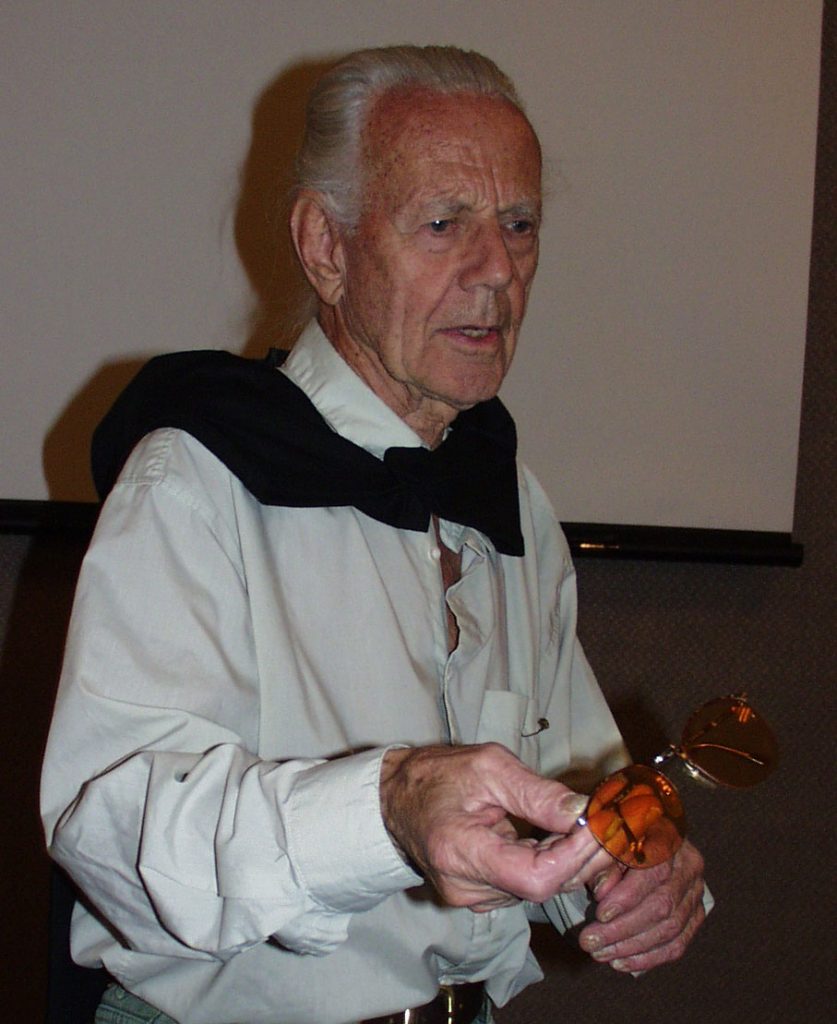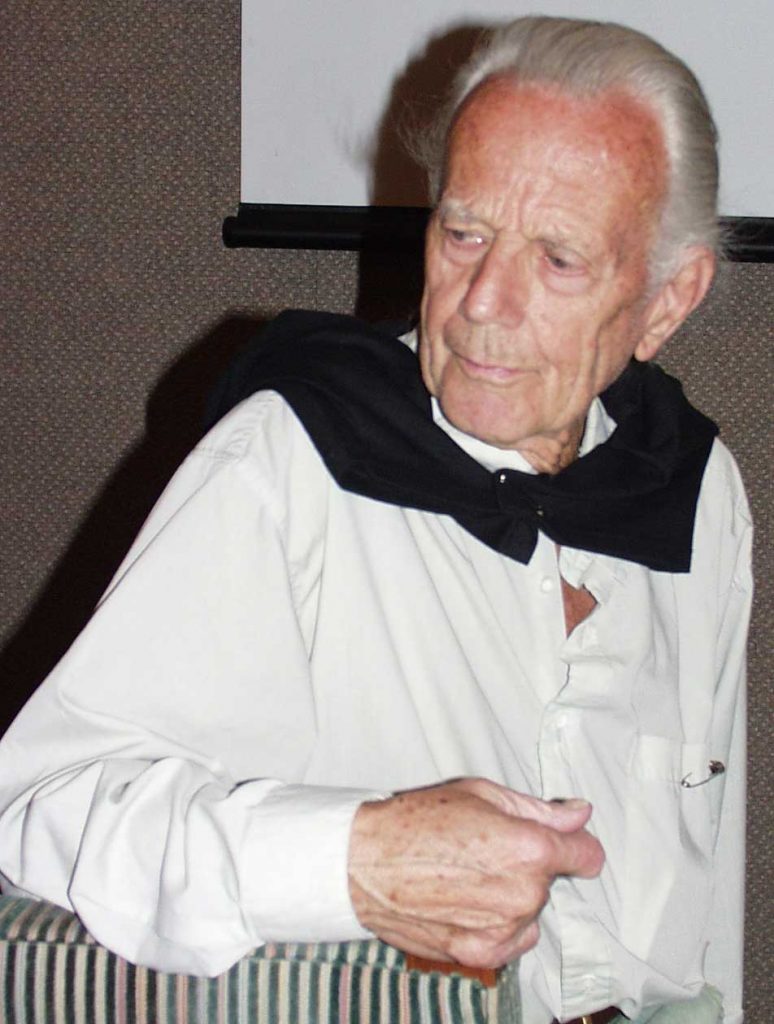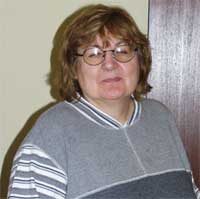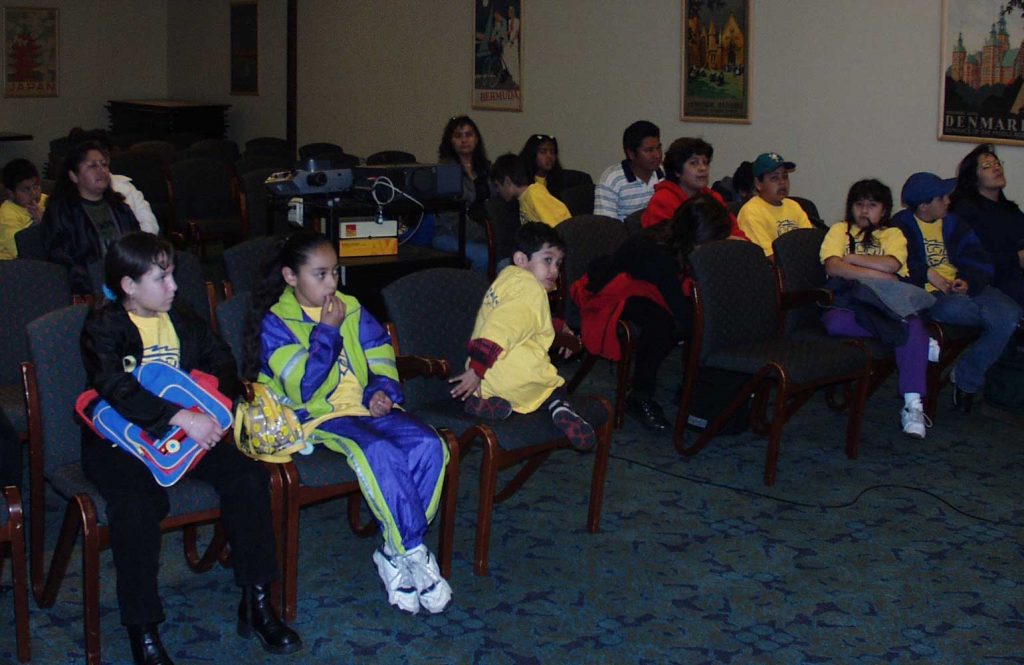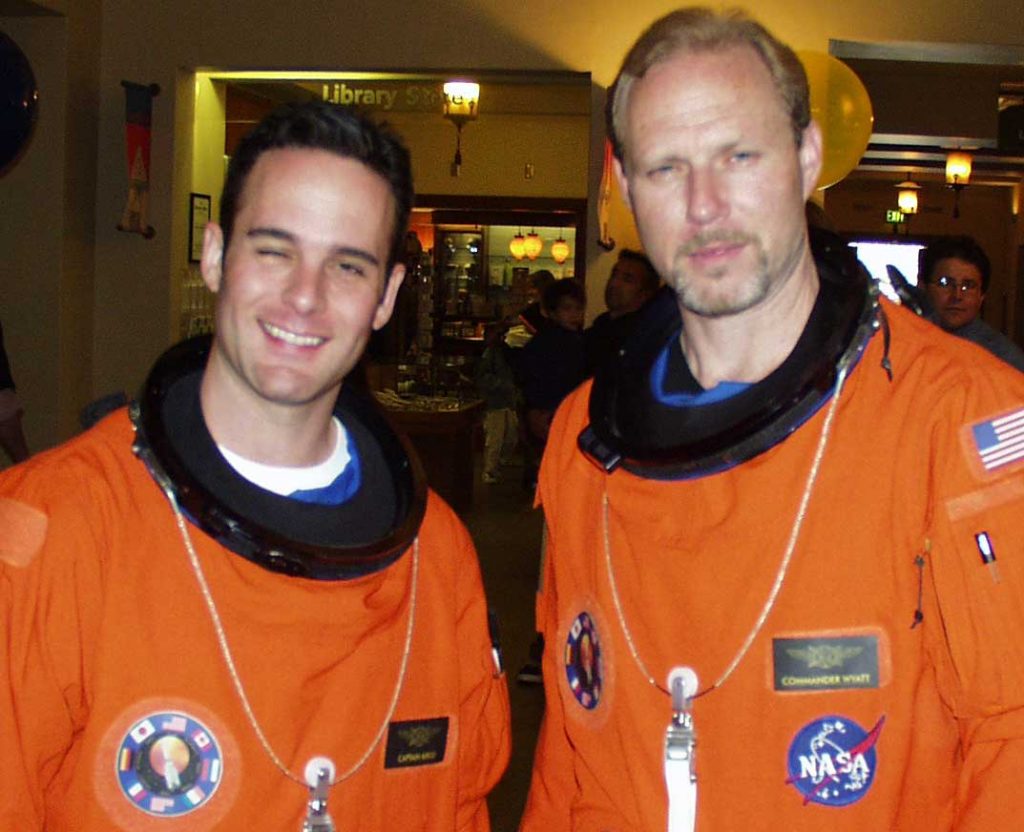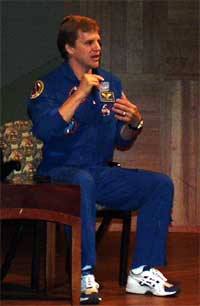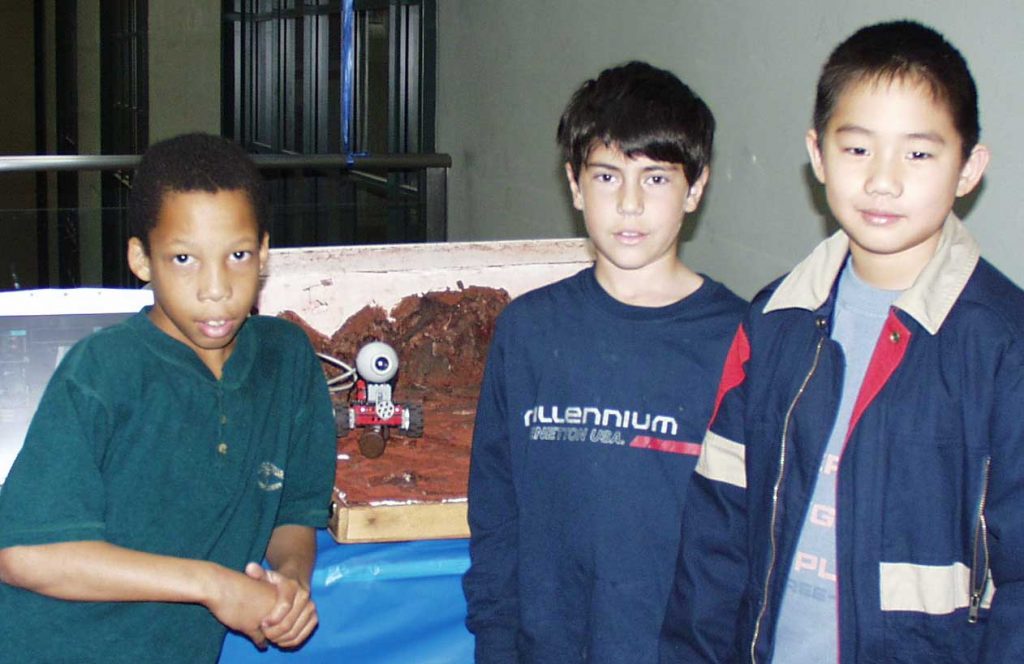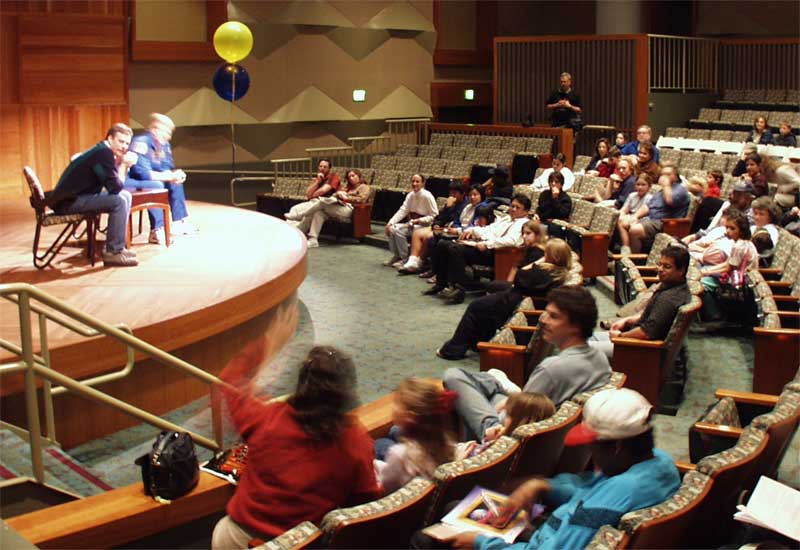Astrofest 2000
Posted On February 12, 2000
Feb 12th 2000 - LA Public Library.
The following report was produced by Anna Kennedy - OCA Member(note all photos by Liam Kennedy - click on images for MUCH larger versions)
"A gourmet experience for adults and children interested in Astronomy."
Boeing has made a significant contribution to the community in its sponsorship of the LA AstroFest presented by the LA Public Library.
From avid members of astronomy groups to interested outsiders, there was something for everyone.
The Fest blended practical astronomy and theoretical cosmology into a nutritious soup of information.
Spots before your eyes.
Our tour starts outside with OCA's own Tony Obra's Celestron, shielded with Mylar to allow viewing of the sun. Despite heavy overnight rain, the morning was sunny, with only an occasional cloud to obscure the view of our nearest star.
On the orange disk in the eyepiece, many sunspots could be seen, two of them large enough to show distinct umbra and penumbra regions.
Exciting as this was, don't try it at home. You need exactly the right equipment for this activity.
The Sidewalk Astronomers
Led by the inimitable John Dobson, there were several Dobsonian telescopes on display. The Dobsonian is a type of mount, rather than the telescope itself.
The group were engaged in telescope building, from constructing the mount and tube, to grinding the mirrors. These are 10" circular slabs on glass, around 1" thick, ground initially with carborundum grit, using a smaller glass disk as the grinder, creating a smooth, almost parabolic surface. Jerry Heniger and Katy took turns at what appears to be quite hard work.
click for larger image (119K)Katy built her first telescope at 11. She's twelve now. Dad and Mum report that she's the astronomer in the family and that they are just the drivers. Dad's dream is for Katy to send him a postcard from Mars. In her lifetime, it could happen. The postcard would no doubt be electronic, though. If anyone could get to Mars, Katy could.
On to the second stage of grinding, where fine aluminum oxide powder is used to eliminate the minutest unevenness. Apparently there is a third stage which involved some pitch that was bubbling in a tin can. I didn't quite catch what was supposed to happen, but finally a coating of aluminum would create the mirror. Even the uncoated glass is sufficiently reflective to work for bright objects like planets. The mirror coating increases the light reflection ten-fold.
After discouraging passers-by from pushing their arms down the tube of a telescope, John Dobson took us inside for his cosmology talk.
"Semper vires" (always green)
click for larger image (190K)As an introductory remark, a young member of the audience asked Jon if he ground his own lenses. He replied that no, he didn't, but he did occasionally step on his glasses.
John then proceeded to not only turn our world upside down (for as he remarks, if you think up is up, then you're not really seeing), but also our entire universe.
He gently castigated the Big Bang Theory (you know the one. Big chunk of radiation/ matter explodes hurtling matter, which forms galaxies, in space and away from each other. The father away you look the faster the galaxies are hurtling.)
Describing the progression of the theory as the successive application of band-aids, plastered on to cover the series of problems it has encountered, John clearly has no time for it.
Problem #1
How come there was nothing and then there's something?
John objects to the central tenet of creation, that dumps a load of matter randomly in empty space to begin evolution. Somehow, it seems not to jive with common sense. Even assuming something came out of nothing, the something should then divide equally into matter and anti-matter. But it didn't. At least, the observations indicate that it didn't.
Problem #2
There's not enough anti-matter in the universe for the Big Bang to be true.
John described how physicists invented "X" and "anti-X" particles which can convert matter to anti-matter and vice-versa. There is no physical evidence that these particles exist and that's John's complaint. If they did exist, "anit-X" would have to decay (radioactively transform into something else) faster than "X". This would explain why there was more matter. Unfortunately, there would also be loads of magnetic monopoles around (the bits that the "anit-X" particles decay into). But there aren't.
Problem #3
Wot, no monopoles?
Solution, apply another band-aid by picturing the Big Bang as a basketball with a pimple. The pimple expands to become the visible universe, the monopoles stay behind in the basketball. It's all too convenient (not to say contrived) for John's taste.
Problem #4
The Big Bang doesn't work if the visible matter in the Universe is all there is.
So there must be around 90% of the matter in the universe that is invisible. Not only that, it must be very strange, obeying only gravity, not the other physical laws. John is not in disagreement with 90% of the matter being invisible, merely that we should be expected to believe that it's strange. Surely it's more likely that the matter outside galaxies, "the hovering layers" as he calls them, are just material blown away by the stellar winds of a forming galaxy. If you stretch your mind to conceive that the Milky Way is 200 times larger than what you see, then you have a concept of how big the hovering layers are. And why can't you see them? Well, for a start, their density is the equivalent of 20 drops of water in a box that is a billion cubic miles in volume ( a cube with a side of 1000 miles).
click for larger image (84K)By the time John has shown us the band aids, we're ready to rip them off and really heal the wound. In his unique vision, he proposes a politically correct "recycling" universe, where galaxies further away (at around 15 billion light years) are traveling close to the speed of light, they become invisible. Hence there is a boundary to the visible universe. And what's beyond that? John declined to say, but he said what it was not. If was not changeable, finite or divisible. Deftly using relativity and Heisenberg's Uncertainty Principle, he showed that the disappearing materials reappers in visible space to begin the cycle again.
So his universe has no beginning, no end, but change, finiteness and division as "mistakes" in the sea of tranquillity that surrounds what we can see, a suportive recylcing machine.
John's challenging questions continue to give astrophysicists a run for their money. Long may it continue.
Lu Coffey, representing The Planetary Society, was joined by a large group of children and parents from Sepulveda Middle School. Part of a program for immigrant students, an excellent Spanish translator kept them enthralled with Lu's slides and talk.
Lu took us on a journey which we are caught up in but totally unaware of. A journey of 5 billion miles circling round the galaxy as we follow it on its travels through the universe. At the dawn of our space adventures, we have currently only set foot on one other world. But we have sent robotic emissaries to 7 out of 8 of our sister planets.
The Planetary Society, founded by Carl Sagan, has 100,000 members in 140 countries. Based in a pretty house in Pasadena, The Planetary Society funds planetary and asteroid research and exploration as well as the SETI (Search for Extraterrestrial Intelligence).
With radio dishes in US and Argentina, the incoming data is processed by countless personal PCs in the SETI@home program, which uses spare processor time on your home computer.
Lu described the Earth as a sort of planetary laboratory, where we can actually see the effects of asteroid impact and translate these effects to the Moon and other planets.
click for larger imageShe also mentioned a story that her (then) four-year-old grandson told her.
"Before God created people, he created dinsosaurs who roamed the Eath until a bog rock came out of the sky and they began to stink."
(She thinks he meant extinct, but on second thoughts, maybe he was right.)
Will YOU go to Mars?
At lunchtime, the cast of "Mars and Beyond" a new Internet-only "TV" Series, were mobbed by children wanting autographs.
click for larger image (179K)click for larger image (66K)
Created by Herb Wright, previously a director at Paramount, the story set in 2014 shows an international team sent to explore the planet most like Earth. Each episode is a progressive cliffhanger, as far from a soap as you could get. Real space suits add to the authenticity.
click for larger image (66K)
Herb (Middle) is joined by Mark (left) , who wrote the business plan and sought funding for this unique venture, and by Christian (right) , who is the webmaster responsible for engineering the site, which is hosted in Las Vegas.
click for larger image (87K)
The crew were run off their feet the entire day by hoards of excited children getting their first look at http://www.cybersci-fi.net.
"The Real Stuff"
From fiction to the real thing. The Mark Taper Auditorium was the venue for a showing of Dan Wetherbee's film about STS86, the fifth Shuttle docking with MIR. Dan and Scott Parazynski, who was flight engineer for the mission, added personal reminiscences to the film, which was a riveting diarized account of the 9 month preparation and flight itself.
Scott, who flew with John Glenn in the famed 1999 mission, was too tall for an earlier MIR mission, as he could not easily fit into the Soyuz module (He was then given a new nick-name of Too Tall Parazynski). However, the 1997 STS86 mission (Atlantis) gave him the chance to space walk with Vladimir Titov, who has spent over one continuous year in space, making him the most experienced living astronaut.
During training Scott's new baby, Luke, visited Dad's workplace in Houston with his Mom to try on Dad's space helmet. A few years needed to grow into that! Still, maybe he'll join Katy on that Mars mission in 2023.
click for larger image (63K)In questions afterwards, Scott revealed that he is 6'3" tall and a medical doctor by training. He has always wanted to be an astronaut and just pursued that dream single-mindedly since he was at school. He applied along with thousands of others and thinks himself very lucky to have been selected. The training lasts a year and then you become an astronaut, available for a mission.
He says the take-offs aren't uncomfortable, because of the position the crew and lying in. The take off lasts about 8 ½ minutes . He doesn't get sacred on the flight as he's too busy with the job, concentrating on what he needs to do. He said that he doesn't dream in space and that you actually need less sleep, because the absence of gravity makes everything less hard work.
Scott is optimistic that the public will be able to take a space trip in the foreseeable future. Missions to Mars will clearly be scientific to start with, but even that will come. With new technology, the journey would be down to 90 days, which brings it within the reach of many people.
He still works for NASA and is in training for a mission to the International Space Station to work on the robotic arm.
And finally…
click for larger image (82K)
There were many exhibits and other talks to enjoy including the Mars RED ROVER (build your own robot) program, which kept the kids enthralled. Something for everyone at this excellent event.
For more information on the continuing Astrofest 2000 activities in other LA area libraries ca be found at http://www.lapl.org/ya/teen_events.html (note - the link appears to no longer have the further astrofest 2000 activities listed at that address - I am told by a representative from the LA Public Library the information will be updated soon).
Views: 2
